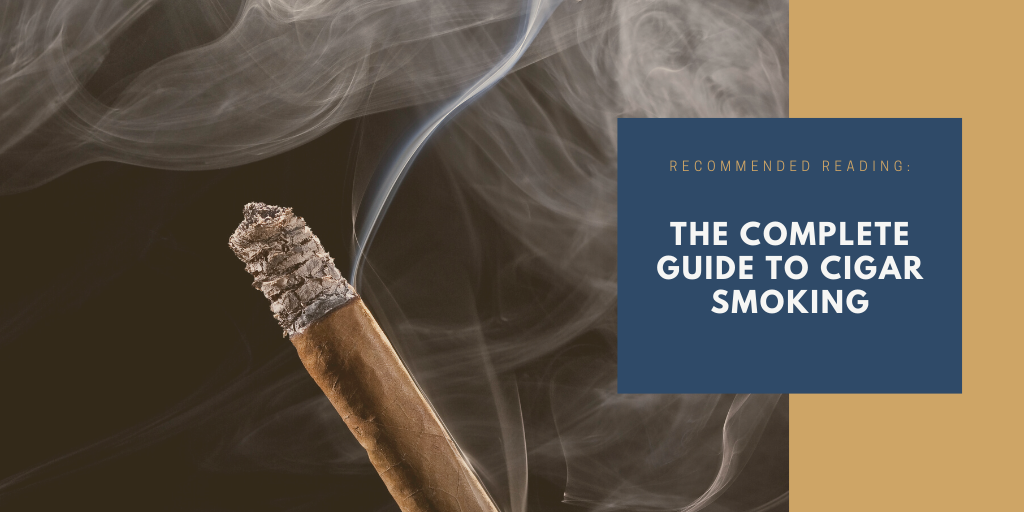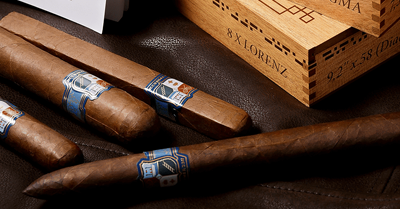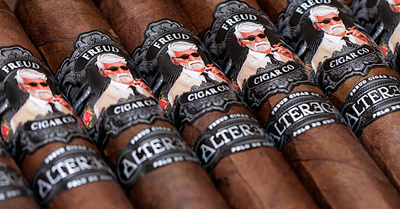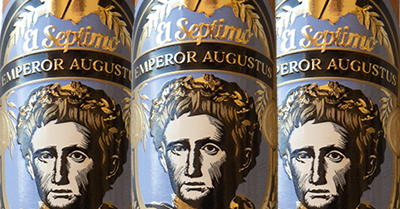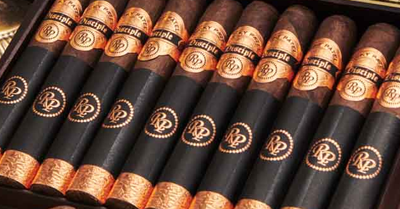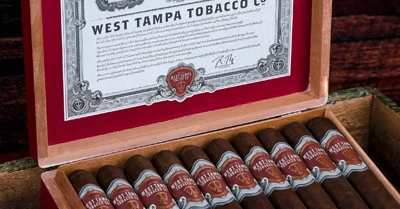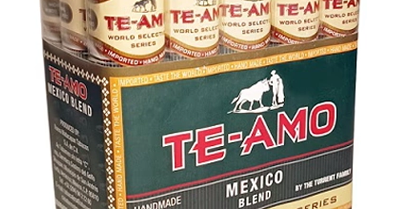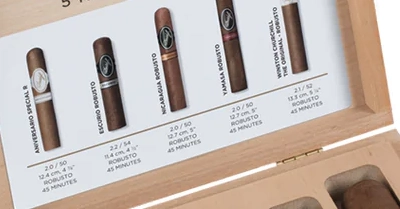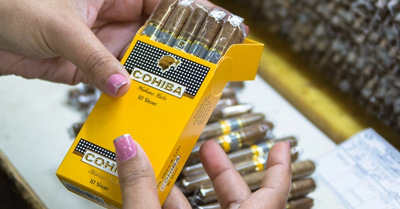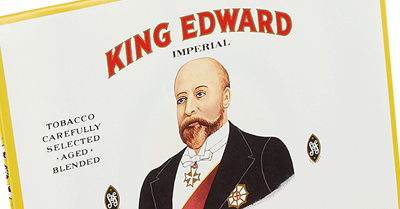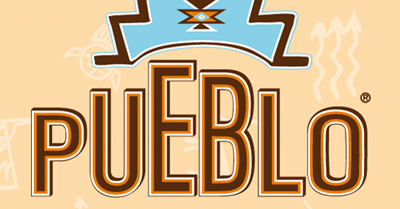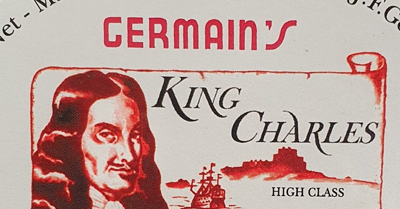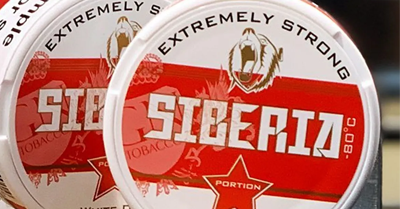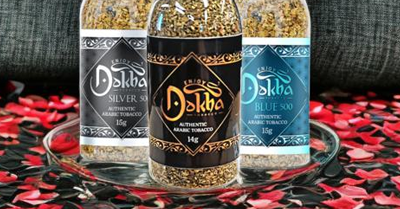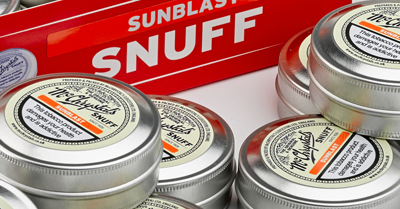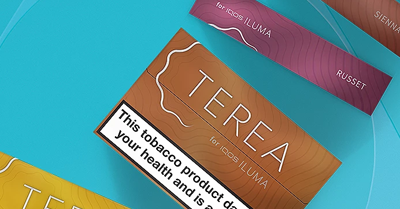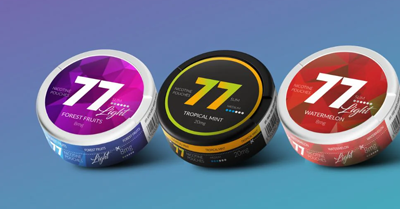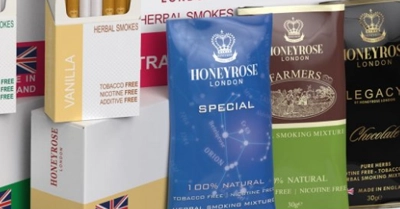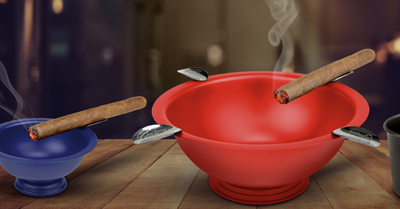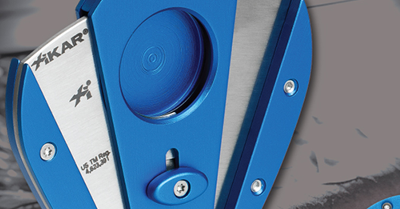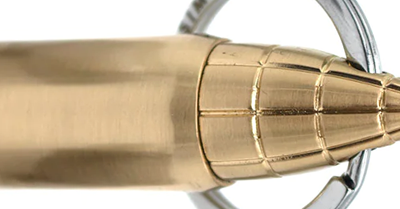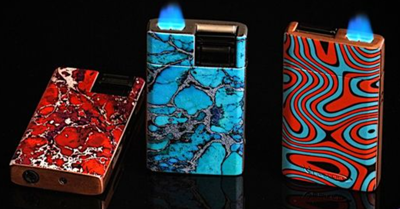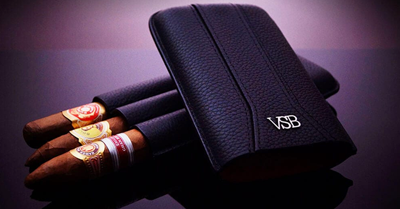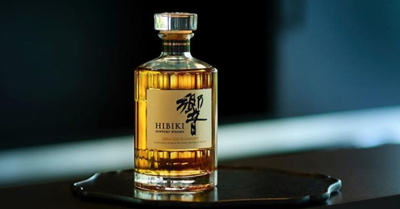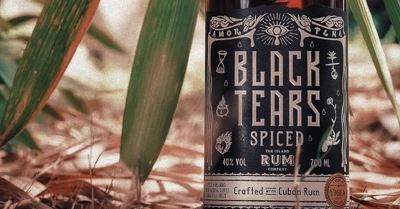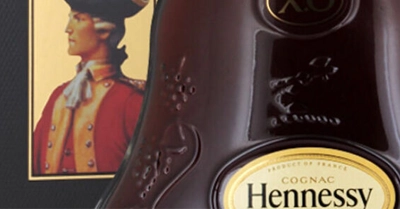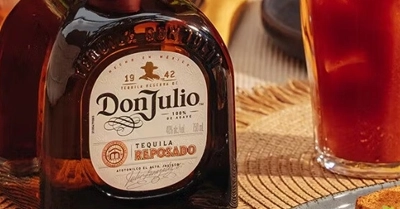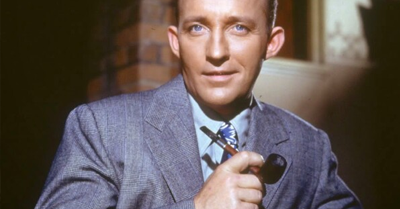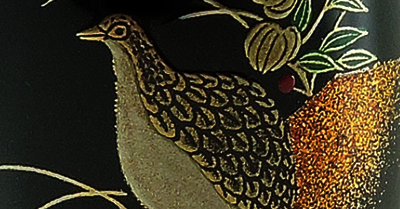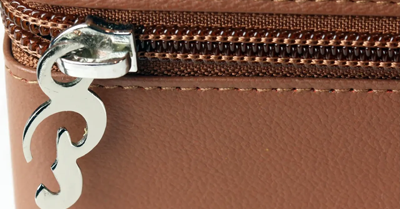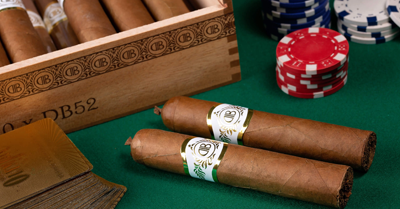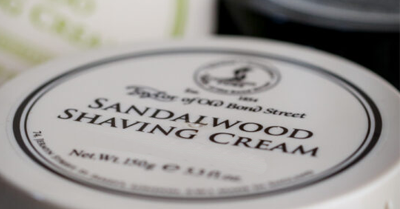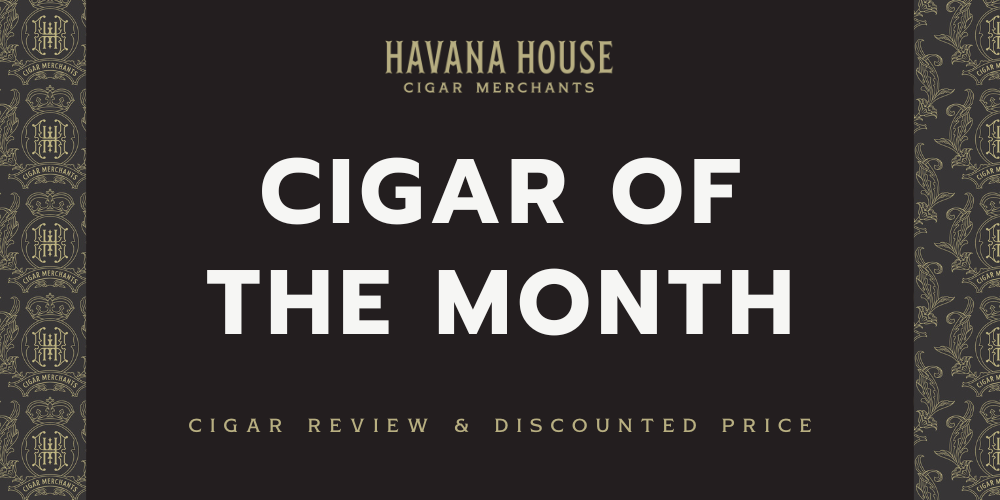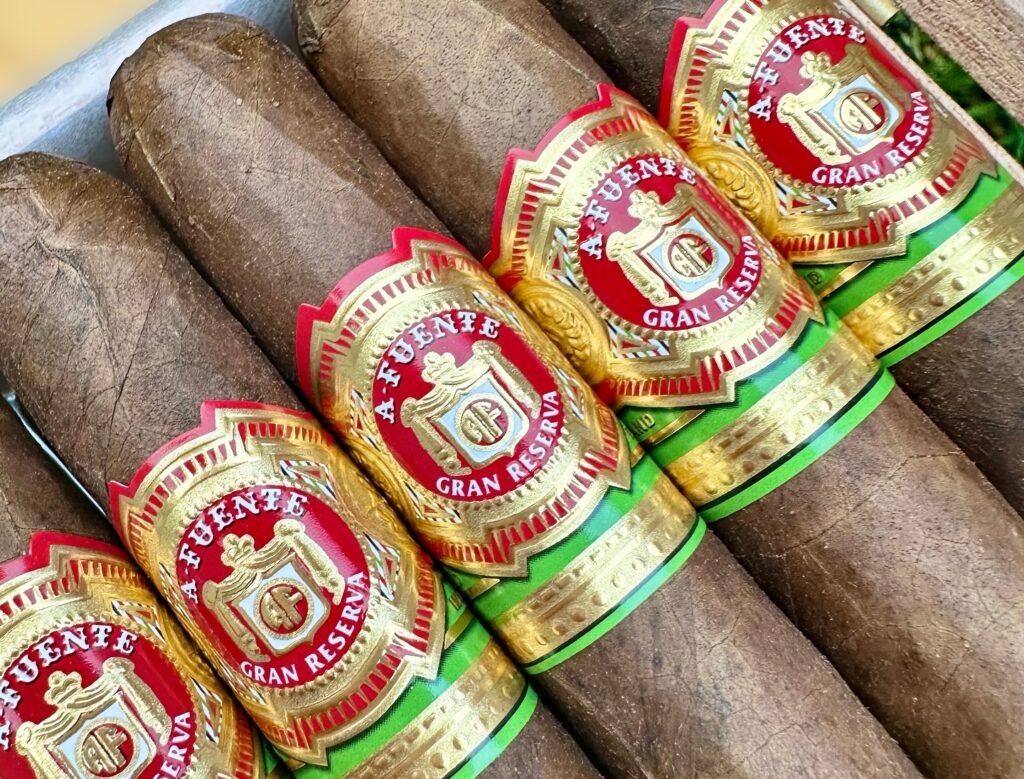As you browse for cigars online, you’ll notice that there are a vast range of different vitolas available. Vitolas are the descriptive name for a particular size and shape of a cigar.
For example, a Churchill cigar is a cigar with dimensions of around 7 inches in length with a ring gauge of 47.
If you’ve already tried your fair share of cigars, you may have a good idea about which sizes and shapes you prefer for your smokes. However, novice cigar smokers may find the variety of options a bit overwhelming.
You may have a lot of questions about cigar vitolas, and how the size and shape of a cigar can affect the flavour experience. Here, we will explain how size can impact taste!
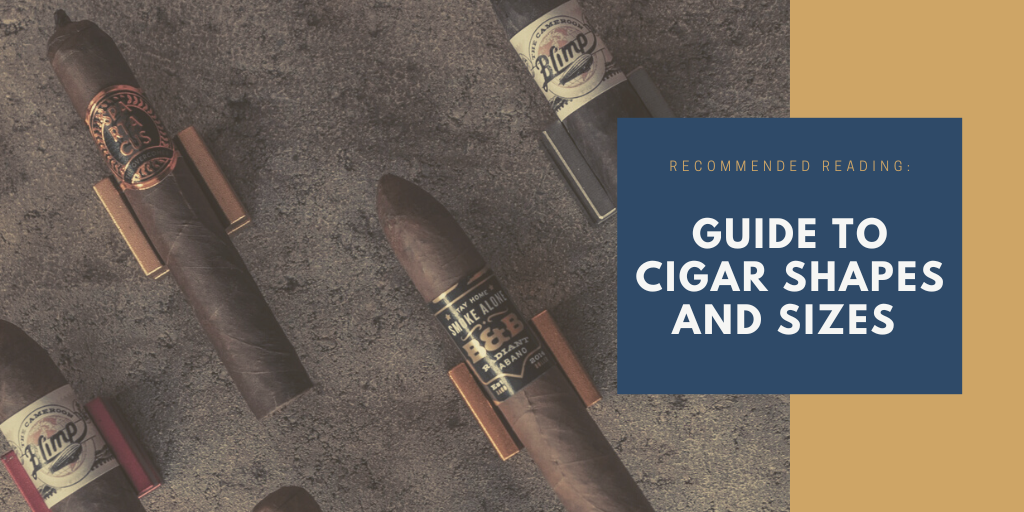
Cigar Shapes
Cigars come in two categories; Parejos and Figurados. The difference between the two is down to their shape.
A Parejo cigar is the more traditional style, and the most common. It features a flat head and is consistent in size from head to foot. Vitolas like Churchill, Corona and Robusto are all Parejo cigars.
A Figurado cigar features slightly more unique dimensions. They may have a pointed head, leading to a bulge in the middle of the cigar, before tapering in at the bottom. Examples of Figurado cigars include Torpedo, Piramide and Perfecto.
Cigar Vitolas
The shape, length and ring gauge of your cigar is identified by its vitola. A vitola is like a standard size descriptor for cigars.
Cigars are measured in length in inches, and by their ring gauge, the diameter measured in units of 1/64th of an inch. This means that a 64 ring gauge cigar would be an inch in diameter – although most are smaller than this!
Each cigar labelled with a particular vitola will have a very similar length, ring gauge and shape, so you will know what size the cigar is by its name alone. For example, the Montecristo No 3, the Davidoff Chateau Latour and the Hoyo de Monterrey Le Hoyo du Roi are all Coronas.
See some of the most popular cigar vitolas available in our graphic below:

Why Are Cigars Rolled in Different Sizes?
The main reason for having different sizes of cigars is down to the time it takes for it to be smoked. A long and thick cigar is simply going to take a longer time to burn than a short and thin cigar.
Sometimes you want to sit back, relax and savour a cigar over an evening, whereas other times you may only have time for a quick smoke on the go!
Plus, having different sizes and shapes of cigars adds a bit of variety to our humidors and can be very interesting for those who appreciate cigars!

How Does a Cigar’s Thickness Impact Flavour?
There are a few ways in which the thickness of the cigar can impact its flavour.
How Hot the Cigar Burns
The thickness of a cigar often has an impact on how hot it burns.
A thick cigar will burn slow and cool, while a thin cigar will be faster and hotter. This is one of the reasons that a bigger cigar takes longer to smoke than a thinner cigar.
Be careful when smoking a thinner cigar. If you’ve picked a smaller smoke, then you may be in a rush, but this shouldn’t mean you puff faster. By smoking faster, you are likely to make the cigar overheat, which can contribute to burn issues and bitter tastes.
Leaf Ratios
A cigar is made up of filler, binder and wrapper leaves of tobacco. The outermost layer, the wrapper leaf, is the most flavourful part of the cigar, contributing to around 80% of the flavour of the whole cigar!
When a cigar is thicker, there is proportionally more filler and binder tobacco than in a thinner cigar. When you smoke a thicker cigar, the flavourful wrapper leaf may get a little diluted by the cheaper filler and binder tobacco.
Of course, cigars are always designed, rolled and tested for years to create what is considered to be the perfect blend, so you are still going to get an excellent smoke either way. But if you are after a punch of flavour, then sometimes, smaller ring gauges, which are made up of more wrapper leaf, can offer a more concentrated flavour.

How Does a Cigar’s Length Impact Flavour?
The length of a cigar determines how quickly the heat reaches your palate.
The shorter a cigar, the closer the lit end is to your palate, so you’ll experience the flavours of the smoke faster, and more intensely.
As such, a longer cigar may allow you to enjoy more subtle tasting notes as they emerge throughout the smoke, whereas a shorter cigar may give you an immediate, bold smoking experience.

Trendy Sizes
There isn’t a right or wrong answer when it comes to which cigar size is best. It is completely down to personal preference and the flavour experience that each cigar offers you.
What we do see though is clear trends in which cigar sizes are in vogue.
The most notable change comes from ring gauge preferences. During much of the 20th-Century, thin ring gauge cigars were the most popular. Ring gauges between 28 and 38 were commonly enjoyed.
However, since the 1990s, there has been a growing trend for larger cigars, with brands pushing the boundaries on width! In fact, some cigars nowadays are so large that they don’t even fit within a guillotine cigar cutter!
What is your favourite cigar vitola or size to smoke?
